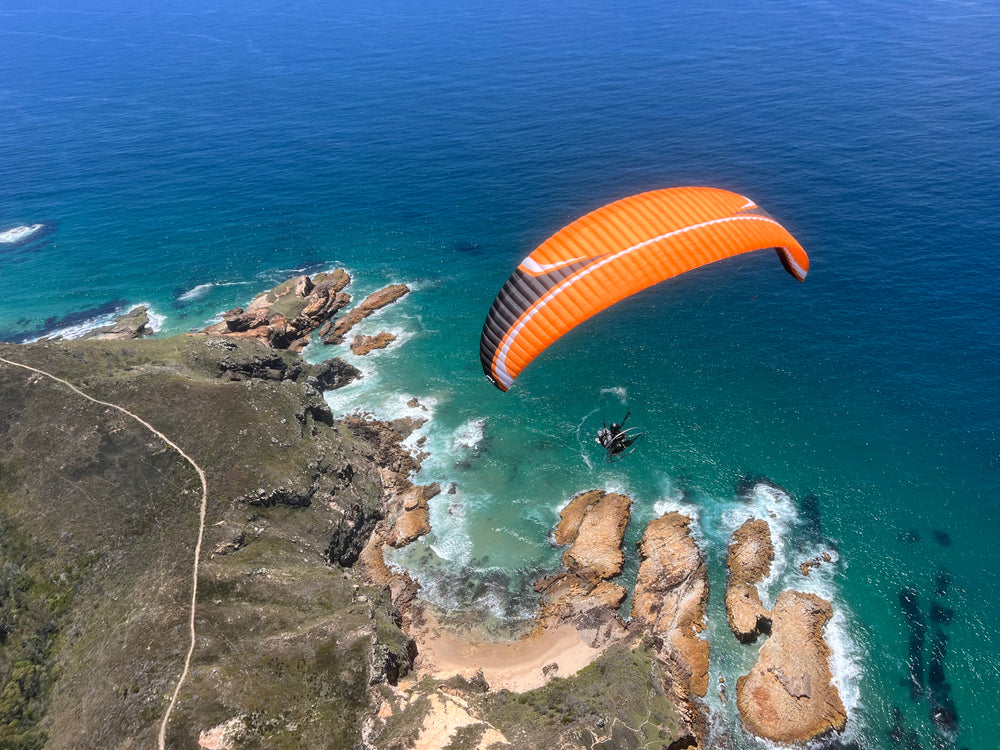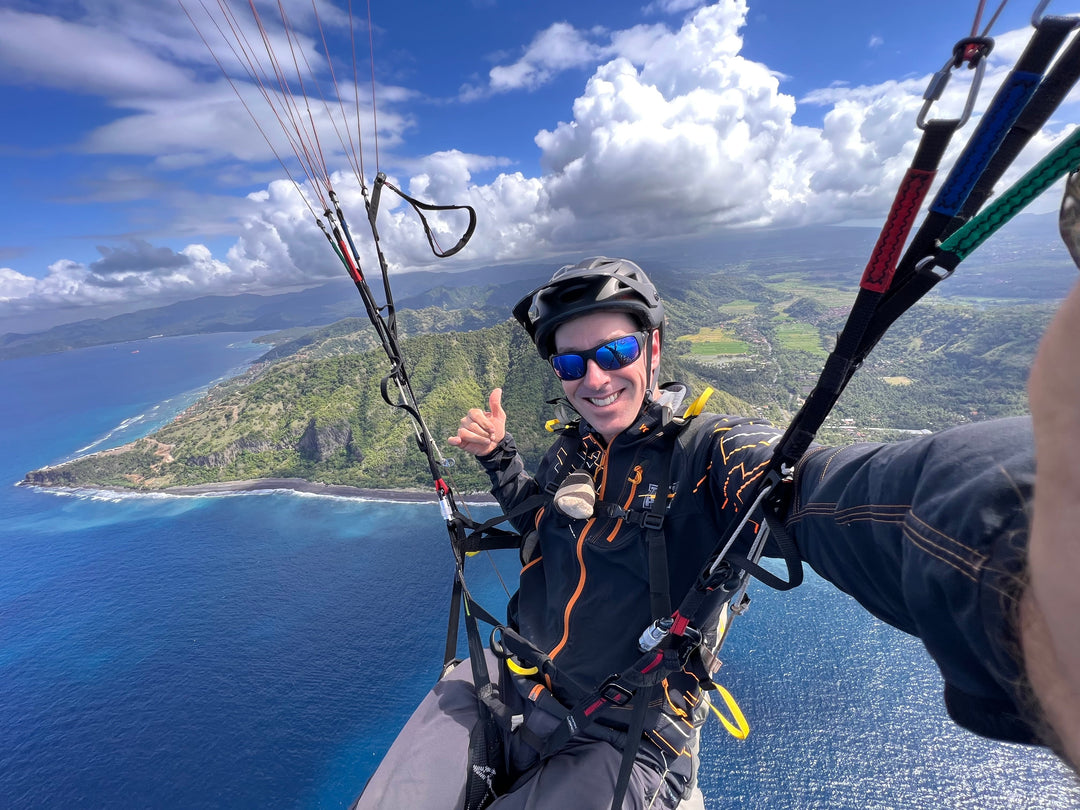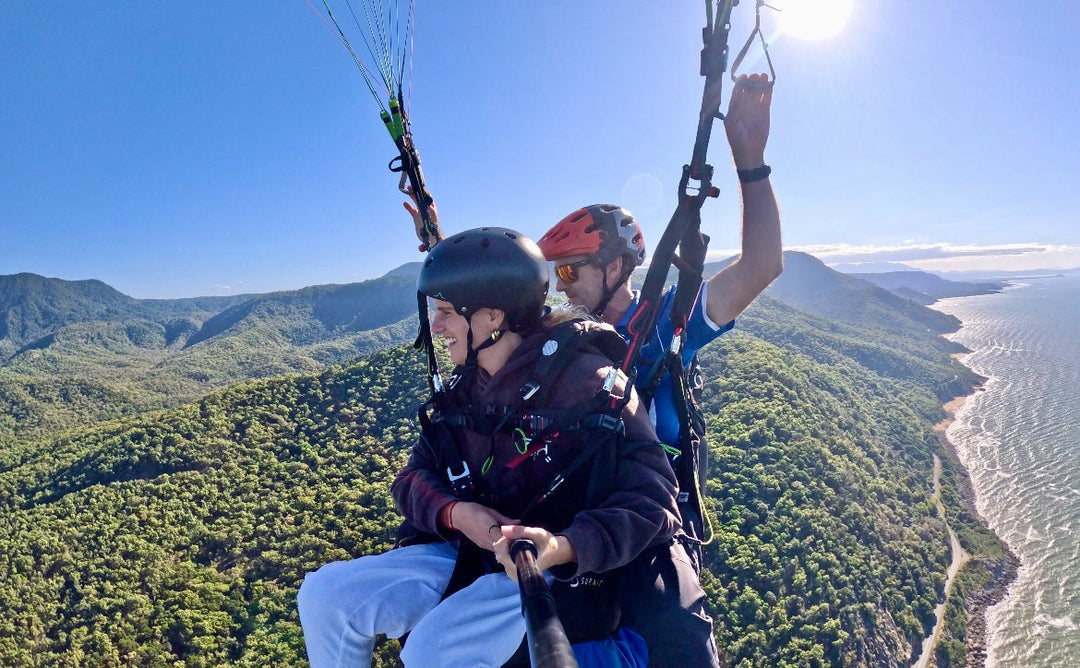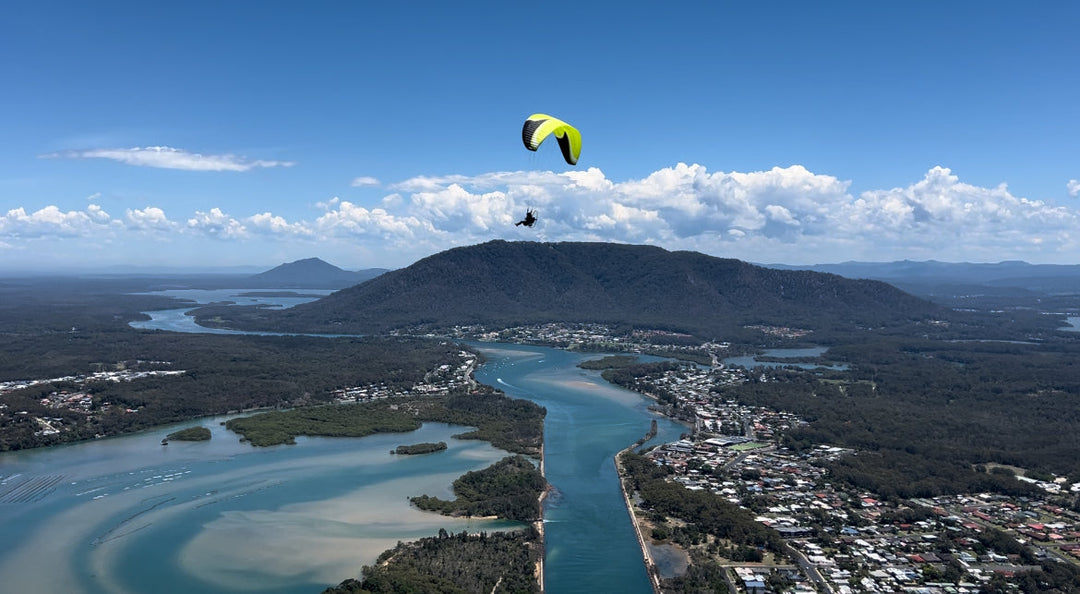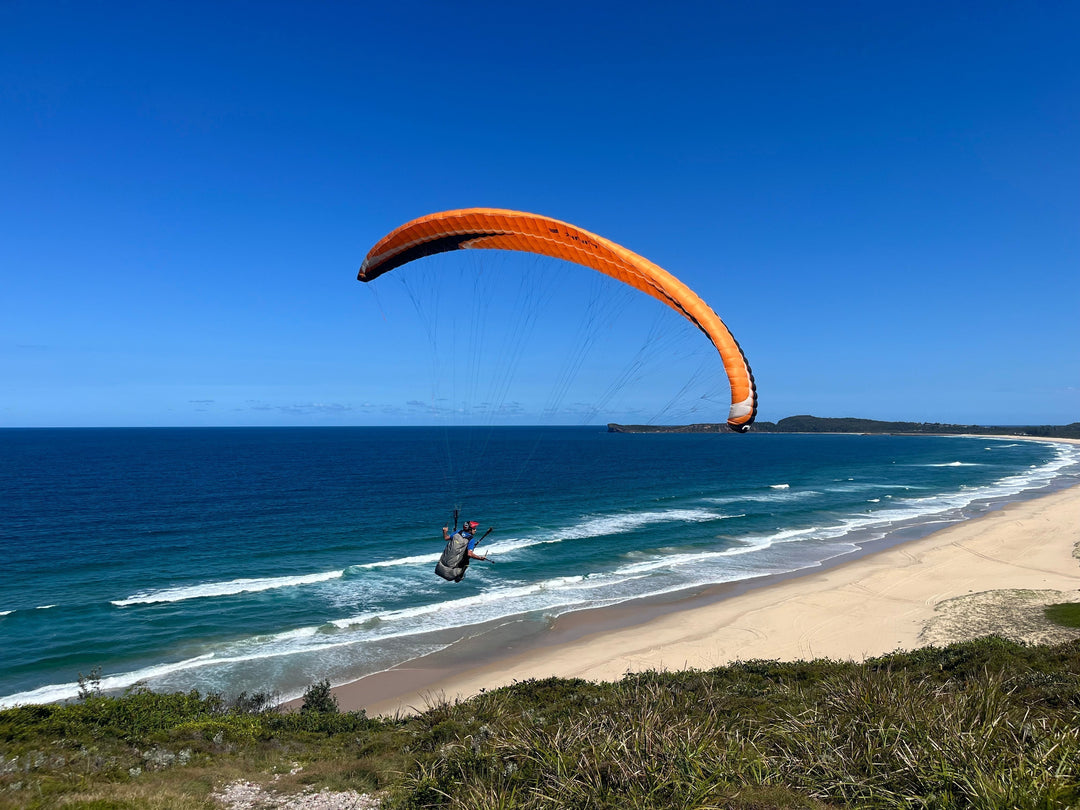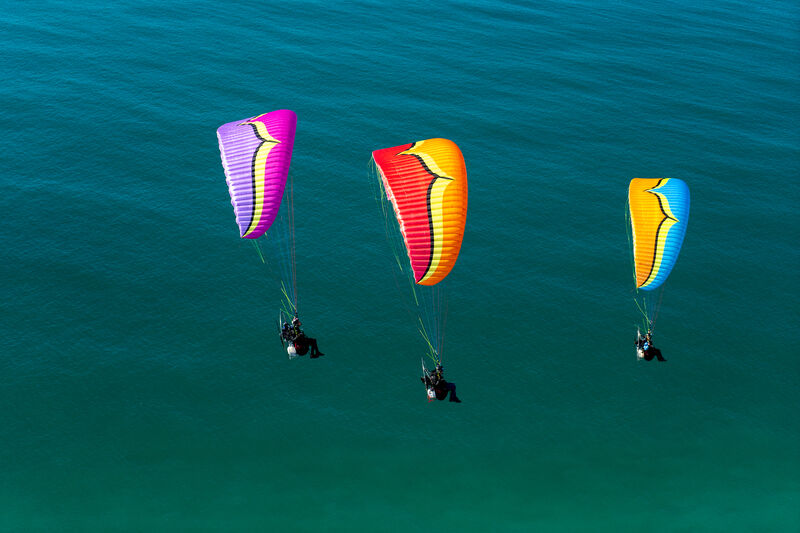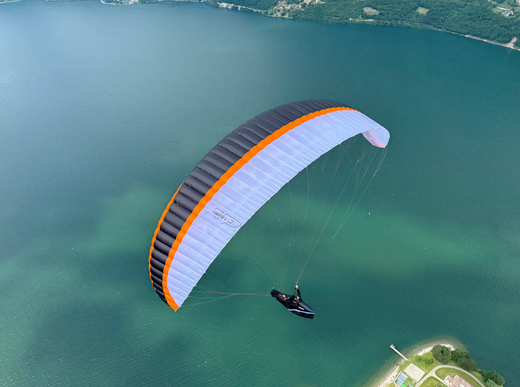Paragliding 101: Everything You Need to Know to Get Started

Are you ready to embark on an exhilarating journey into the world of paragliding? Paragliding might be the perfect adventure if you're a thrill-seeker looking to spread your wings and experience the ultimate freedom of flight. This guide will cover the paragliding basics and provide essential tips for beginners, ensuring you're well-prepared as you embark on your paragliding journey. So, fasten your seatbelt – or should we say, harness – and let's dive into the fascinating world of paragliding.
What is Paragliding?
Paragliding is a thrilling and relatively accessible form of recreational flying that allows individuals to glide through the air using a lightweight, non-motorised wing. Unlike traditional hang gliders, paragliders resemble parachutes with a structure that allows for controlled flight. This sport has gained immense popularity recently due to its simplicity, affordability, and incredible freedom.
Paragliding for Beginners: Where to Start
Get A Feel For Flying
For those looking to get a feel for flying before committing to a full paragliding course, booking a tandem paragliding flight or joining a 2 Day Intro course is a great way to start.
Find a Course from a Certified Instructor
In Australia, completing a course accredited by SAFA (Sports Aviation Federation of Australia) is required to obtain a licence to paraglide or paramotor.
The first step in your learning to paraglide journey is to find a certified school and instructor. Proper training is essential to master the basics of paragliding and to ensure your safety. At High Adventure our flagship paragliding course is the 9-Day Learn To Paraglide course.
Learn the Paragliding Basics
Understanding the fundamentals of paragliding is crucial for your safety and enjoyment. Here's what you can expect from a paragliding course at High Adventure:
- Theory: Delve into the theoretical aspects of paragliding. Learn about principals of flight, weather conditions, airspace regulations, equipment and more.
- Practical Training - The Basics: Develop ground handling / kiting skills (manoeuvring the wing on the ground), then learn a variety of launching and landing techniques, building confidence to safely transition to flight.
- Practical Training - Taking Flight: Advance to solo paragliding flights under the supervision of an experienced instructor. From low coastal flights to high mountain sites, you'll gain confidence flying at a variety of sites and in a variety of conditions.
- Safety Protocols: You'll learn about safety procedures, emergency protocols, and how to handle unexpected situations during flight.
Gear Up
Before you hit the skies, you'll need some essential gear:
- Paraglider Wing: This is your primary piece of equipment, and it comes in various sizes and designs. Your instructor will help you choose the right paragliding wing for you.
- Harness: A harness connects you to the wing and provides a comfortable seat during flight.
- Helmet: Safety should always be a priority - a certified paragliding helmet is a must.
- Reserve Parachute: This is your backup in case of an emergency. Ensure it's in good condition and properly packed.
- Vario/Altimeter: These instruments help you gauge your altitude and climb rate during flight.
Safety First
Safety is paramount in paragliding. Always adhere to the following safety guidelines:
- Check Your Gear: Before every flight, thoroughly inspect your equipment to ensure it works well.
- Stay Within Your Skill Level: Avoid pushing your limits too soon. Gradually progress as you gain experience and confidence.
- Weather Awareness: Never fly in unfavourable weather conditions, such as strong winds, thunderstorms, or low visibility.
- Always Fly with a Buddy: Flying alone is discouraged. Having a flying partner can provide support in case of an emergency.
Paragliding Etiquette and Environmental Responsibility
As you embark on your paragliding journey, it's essential to not only focus on the technical aspects but also on being a responsible paragliding pilot. Here are some key points to keep in mind:
Respect Local Regulations
Every paragliding location may have specific rules and regulations to protect the environment and participants' safety. Always adhere to these guidelines and obtain necessary permits or permissions before flying.
Adhere To Air Rules
Maintain a courteous attitude, both in the air and on the ground, and adhere to right-of-way rules when sharing the airspace with other paragliding pilots.
Respect the Environment
Paragliding often occurs in pristine natural settings, and minimising your impact on the environment is crucial. Follow these guidelines:
- Leave No Trace: Ensure you pack all your trash and respect designated take-off and landing areas.
- Avoid Wildlife Disturbance: Be mindful of local wildlife, especially in sensitive ecosystems. Keep a respectful distance and don't disrupt their natural behaviour.
High Adventure Awaits!
Now that you have a basic understanding of paragliding, it's time to take the leap and experience the thrill for yourself. High Adventure is here to help you get started - our experienced instructors and top-notch equipment will provide you with a safe and unforgettable paragliding experience.
Ready to take your first flight? Contact us today to book your paragliding course and soar through the skies like never before! Don't miss out on the chance to turn your dreams of flying into a reality.
Paragliding is more than just a sport; it's a gateway to a world of adventure, freedom, and breath-taking views. So, learn, gear up, and let your paragliding journey begin!


